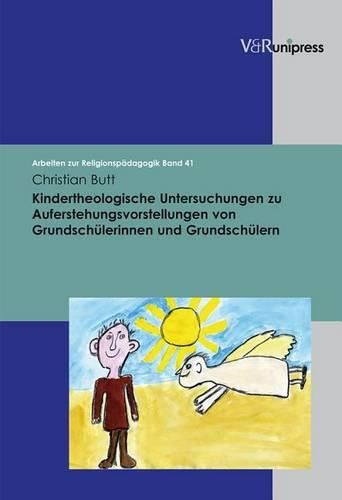Readings Newsletter
Become a Readings Member to make your shopping experience even easier.
Sign in or sign up for free!
You’re not far away from qualifying for FREE standard shipping within Australia
You’ve qualified for FREE standard shipping within Australia
The cart is loading…






In religious education, children are increasingly seen as subjects of their theological thoughts. The so-called children’s theology assumes that children not only ask theologically relevant questions, but can also think through and answer them independently. On the basis of this change of perspective towards the child, Christian Butt devotes himself to a central theme of Christian theology: the resurrection of Jesus Christ. The overview of religious education practice shows that this subject is often overlooked or avoided in religious education because it seems to the teachers to be too difficult or not child-friendly . This raises the question: Can children discuss such an difficult topic and discuss it adequately? And further: How do children understand the resurrection? The author investigates these questions by tracing conversations with elementary school students about central biblical resurrection texts and evaluating them from an exegetical and systematic theological point of view. From the results, ways of thinking of the children for the resurrection are derived in order to finally develop implications for practice.
$9.00 standard shipping within Australia
FREE standard shipping within Australia for orders over $100.00
Express & International shipping calculated at checkout
In religious education, children are increasingly seen as subjects of their theological thoughts. The so-called children’s theology assumes that children not only ask theologically relevant questions, but can also think through and answer them independently. On the basis of this change of perspective towards the child, Christian Butt devotes himself to a central theme of Christian theology: the resurrection of Jesus Christ. The overview of religious education practice shows that this subject is often overlooked or avoided in religious education because it seems to the teachers to be too difficult or not child-friendly . This raises the question: Can children discuss such an difficult topic and discuss it adequately? And further: How do children understand the resurrection? The author investigates these questions by tracing conversations with elementary school students about central biblical resurrection texts and evaluating them from an exegetical and systematic theological point of view. From the results, ways of thinking of the children for the resurrection are derived in order to finally develop implications for practice.